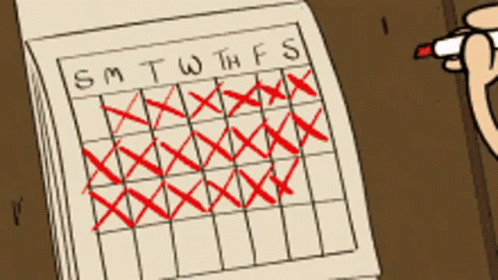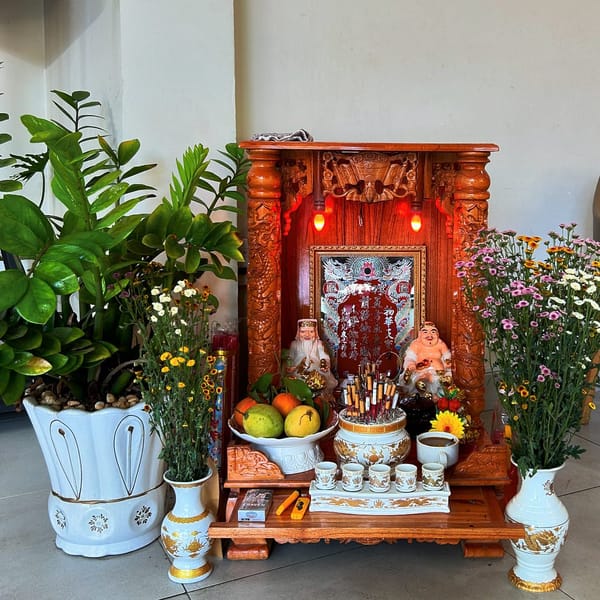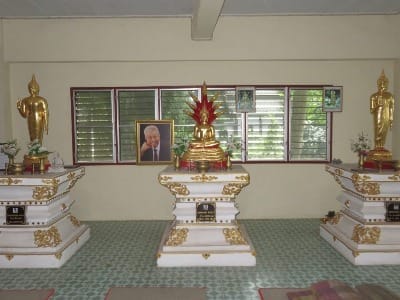it’s 2016 in ethiopia right now: how?

The origin of the coffee bean, one of the world's first countries and even regarded by some as the biblical Garden of Eden, Ethiopia is a unique and interesting country for a multitude of reasons.
Located in Eastern Africa, Ethiopia is the only country in its continent to successfully resist colonisation - with the exception of a six year period in 1935, in which it was under Italian occupation. For this reason, its culture, traditions and way of life have continued and been well preserved over time.
One cultural aspect preserved by Ethiopians is their traditional calendar. According to it, we are in the year 2016, instead of 2023. This calendar is 7 years and 8 months behind the Gregorian calendar, which we, in the west, are used to using.
As users of the Gregorian calendar, we often take for granted that the year being 2023 is an irrefutable fact, based on the birth of Jesus Christ taking place 2023 years ago. However, in the Ethiopian Orthodox Church, they believe that Jesus was born in the year 7 B.C, a difference which creates the seven year gap between the two calendars.
The Gregorian Calendar?
The Gregorian Calendar was adopted by the Roman Catholic Church in October of 1582 by Pope Gregory XIII, hence its name. It is mostly similar to its predecessor, the Julian Calendar (which was introduced by Julius Caesar), but it more accurately tracks the Earth's movement around the Sun.
The use of this calendar spread alongside the Roman Empire, and soon enough most of the world began to go by its date.
Interestingly, Pope Benedict XVI corroborated the Ethiopian calendar in 2012, saying that the Gregorian calendar is actually based on miscalculations of the birth of Christ, and that he was actually born sometime between 7-2 B.C. If this is the case, and we are actually ahead of ourselves, Ethiopia's traditional tracking of time may be more trustworthy.

It's worth noting that Ethiopians are totally aware of the Gregorian calendar, and they use both in different scenarios and contexts. In an educational setting, the Gregorian is used, whereas amongst family and friends, people use their traditional calendar.
Both the Ethiopian and Gregorian calendars are solar calendars, meaning they adhere to the movement of Earth around the Sun to track time. But in many other cultures across the globe, years have traditionally been divided by the lunar cycle (notice the similarities between the words 'month' and 'moon'), by which our moon orbits us just over 13 times per year.

An example exists in China, where the traditional new year celebrations still take place according to the cycles of the moon, even though as a country they've gone by the Gregorian solar calendar since 1912. Other countries, such as Vietnam, the Philippines, Indonesia, Malaysia and both North and South Korea also recognise the lunar calendar, and often hold new year celebrations around the lunar new year.
Speaking of traditional celebrations, Ethiopia celebrates its new year on September 11th every year, and celebrates Christmas on January 7th instead of December 25th.
The Ethiopian calendar system has thirteen months, as opposed to the twelve in the Gregorian calendar. Twelve of the Ethiopian calendar's months consist of 30 days each, and the thirteenth has only 5 days (and 6 in leap years).
What are leap years?
A complete journey around the Sun takes 365.2422 days on Earth. So, to make sure we don't lose track of the digits after the decimal, we have leap years; which occur every 4 years, and contain 366 days instead of 365.
Next year, 2024, is the next leap year, and so February will have a 29th day.
The thirteenth month in the Ethiopian calendar is called Pagumiene, and comes after August and before September, in accordance with their new year.
Additionally, the country uses a different way of telling the time each day. Instead of two twelve-hour divisions starting at midnight until midday, and vice versa, they divide the day according to dusk and dawn.

Since Ethiopia is close to the Earth's equator, the sunrise and sunset is at roughly the same time throughout the year there: 6am and 6pm respectively. So, their twelve-hour divisions start at these times. 9am to us would be 3am to them, and our midday would be their 6am.
The Ethiopian calendar, and its different modes of measuring time, shows us how the tracking of time is most definitely a social construct; how there is not one, absolute and infallible way of doing it, but rather multiple different ways. Without the spread of the Gregorian calendar alongside the Roman Empire, most countries would have their own traditions surrounding how they measure time's passing.
It is also a prime example of a nation preserving its culture and honouring its traditions through time. I wonder, if imperialism and colonialism hadn't eradicated, or at least greatly diminished, the cultural practices of countless nations, what other ways of life would remain alive?





